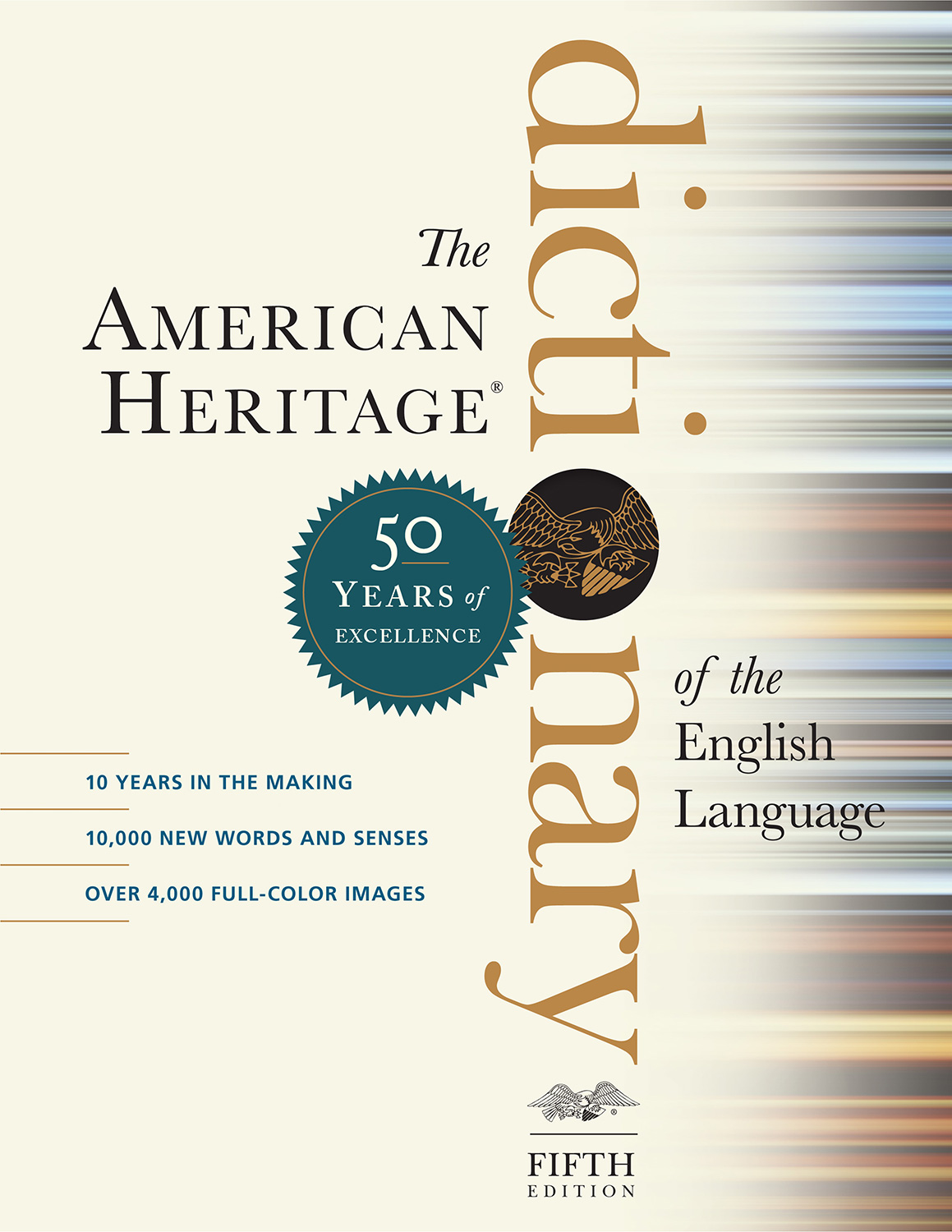| n. 1. The central or innermost part: a rod with a hollow core; the hard elastic core of a baseball. 2. The hard or fibrous central part of certain fruits, such as the apple or pear, containing the seeds. 3. The basic or most important part; the crucial element or essence: a small core of dedicated supporters; the core of the problem. See Synonyms at substance. 4. A set of subjects or courses that make up a required portion of a curriculum. 5. Electricity A soft iron rod in a coil or transformer that provides a path for and intensifies the magnetic field produced by the windings. 6. a. Computers A obsolete form of memory consisting of an array of tiny doughnut-shaped masses of magnetic material. b. One of the magnetic doughnut-shaped masses that make up such a memory. Also called magnetic core. 7. Geology a. The central portion of the earth below the mantle, beginning at a depth of about 2,900 kilometers (1,800 miles) and probably consisting of iron and nickel. It is made up of a liquid outer core and a solid inner core. b. A similar central portion of a celestial body. 8. A mass of dry sand placed within a mold to provide openings or shape to a casting. 9. A reactor core. 10. A cylindrical sample of rock, ice, or other material obtained from the interior of a mass by drilling or cutting. 11. The base or innermost part, such as soft or inferior wood, surrounded by an outer part or covering, such as veneer wood. 12. Archaeology A stone from which one or more flakes have been removed, serving as a source for such flakes or as a tool itself. 13. Anatomy The muscles in the trunk of the human body, including those of the abdomen and chest, that stabilize the spine, pelvis, and shoulders. tr.v. cored, cor·ing, cores 1. To remove the core or innermost part from: core apples. 2. a. To remove (a cylindrical sample) from something, such as a glacier. b. To remove a cylindrical sample from (a glacier or soil layer, for example). c. To remove small plugs of sod from (turf) in order to aerate it. 3. To form or build with a base or innermost part consisting of a different substance from that of the covering or outer part: a fiberglass boat deck that is cored with wood. adj. 1. Of basic importance; essential: “Virtually all cultures around the world use the word heart to describe anything that is core, central, or foundational” (Robert A. Emmons). 2. Anatomy Of or relating to the muscles of the trunk of the human body: a core workout. [Middle English.] |
The American Heritage® Dictionary of the English Language, Fifth Edition copyright ©2022 by HarperCollins Publishers. All rights reserved.







